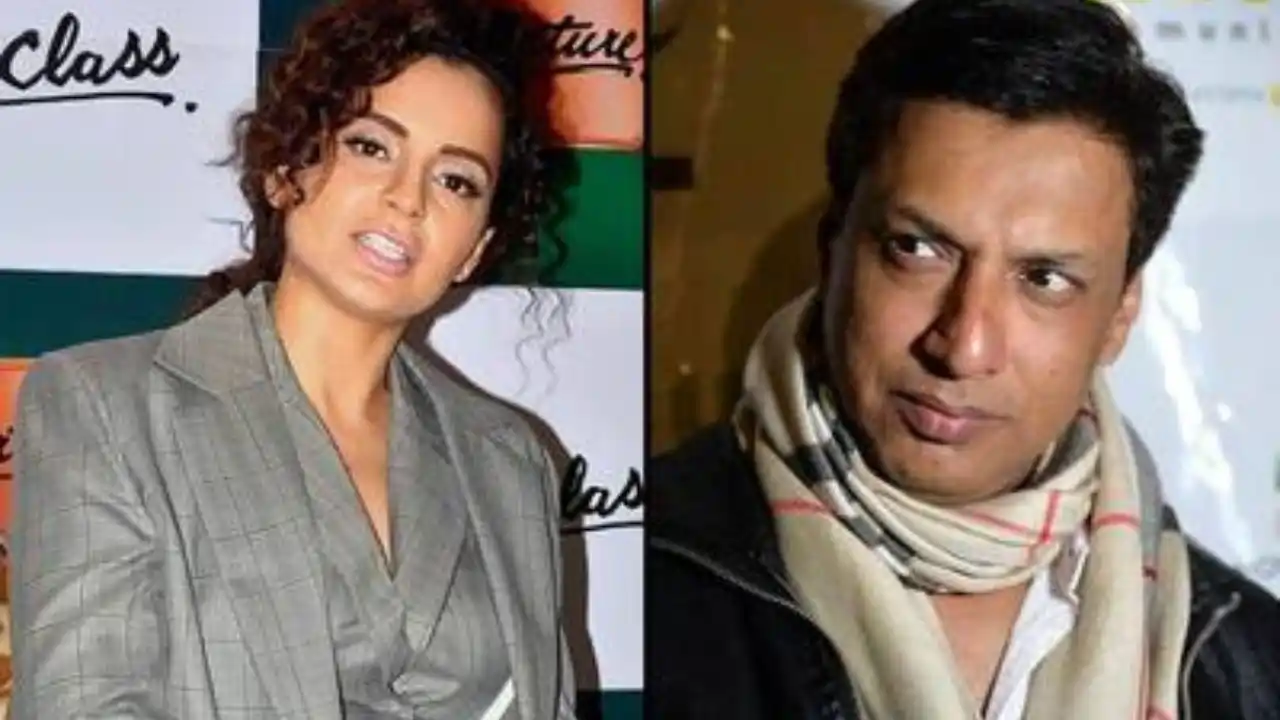
IPL auction buys show selection process now more liberalised
7 months ago | 5 Views
Now that the dust has settled and money spent, it’s time to step back and look at what unfolded in Jeddah. Obviously, the IPL auction is about money, it is the players’ Sensex where the dance of market forces decide who is worth what. With the rise and fall of the paddle many luck out; for others, the luck runs out.
This time there were some amazing – perhaps bizarre – buys. Seriously, Venkatesh Iyer at ₹23.75 crore? Nobody, absolutely nobody, is worth that much. At that price you’d expect the player to win 4-5 games, but that never happens.
Deciding player price is a complex art, essentially an interplay of demand-supply plus desperation on the part of the buyer. LSG wanted Rishabh Pant badly so they stretched and stretched their budget to pay the highest ever IPL salary.
Sometimes, it’s an emotional call to stay with players who were with you in the past. CSK and MI are high on ‘family’ but even with them the emotional card plays out in an uneven way. When Deepak Chahar moved to MI, his wife Jaya Bhardwaj thanked CSK for the wonderful years spent in yellow.
KKR bought back its core but rejected Nitish Rana. This snub provoked Nitish’s wife to put out a post on social media dripping with acid: Loyalty is expensive, not everyone can afford it.
In a market driven system emotion can only have limited currency. Delhi wanted Rishabh (with them the previous six years) but the numbers didn’t work and economics trumped emotion.
Sport is brutal in the sense that few succeed and the majority confront a fate that guarantees failure. The IPL auction raises the bar of cruelty and disappointment higher because thousands sign up, not many make it to the table and less than 250 are finally picked.
For a moment put aside who made it or lost out, or how each team is stacked post Jeddah. Instead, look at the larger picture from the auction.
The loudest message is IPL is an advert for Made In India. As BCCI’s domestic tournament, IPL firmly places Indian cricketers in the centre and foreign talent revolves around it. Top Indian talent received top money whereas generally the foreign players (Starc, Miller, Maxwell, Sam Curran, Du Plessis, Tim David) took a huge salary cut.
Over the years, the power structure in IPL has clearly moved towards India, a trend reflected in teams appointing Indian captains/coaches/mentors/support staff. In the auction too this shift was visible with teams showing no interest in Warner, Steve Smith, Williamson.
In comparison, the Indian lot had reason to smile, especially bowlers who scored big. Still, some unfortunate ones missed out, prominent among them being Sarfaraz Khan, Mayank Agrawal, Navdeep Saini, Shardul Thakur, Umesh Yadav. Rahane and Padikkal just about scraped through, as did Ishant Sharma. No such joy for Prithvi Shaw.
The most profound message from the auction is cricket’s traditional selection policy has gone for a toss. Till now selection was done by a few selectors but now the method of spotting talent and picking teams is liberalised, more democratic and open. Each IPL team has spotters/scouts/data analysts who track players and assess their skills while putting together a squad of 25 equipped to perform in different conditions.
With teams reaching out to hunt talent, it is easier for a relatively unknown player to break through and get on the big stage. Once there, a few good knocks (examples: Ashutosh Sharma, Ashutosh Singh, Shashank Singh, Ayush Badoni, Nitish Reddy) or a few good spells (Mayank Yadav) can fast track the careers of players. Gone are the days of slogging in 4-day Ranji games to catch the attention of selectors. Now, if you are good someone will find you.
In terms of team selection and talent search, IPL is the moment where doors opened and only talent matters, age is not an issue. IPL embraces Vaibhav Suryavanshi, 13, Faf, 40, and Dhoni who at 44 is the senior statesman.
The auction also highlights the gains from state premier leagues. Priyansh Arya and Vansh Bedi hit their way into IPL through DPL, the same with Swastik Chikara and Samir Rizvi in UP. Vignesh Puthur, left-arm wrist spinner from Kerala and Tamil Nadu quick Gurjapneet Singh are also products of state leagues. Naman Dhir, coming from a humble background, struggled in Sangrur, Punjab cricket’s backwaters, but he fought his way to a life changing ₹5.2 crore contract in IPL.
Such success stories keep alive the dreams of millions of youngsters. IPL gives them hope of making it to a dazzling life of fame and riches.
Read Also: Can the emperor strike back?
HOW DID YOU LIKE THIS ARTICLE? CHOOSE YOUR EMOTICON !
#




















